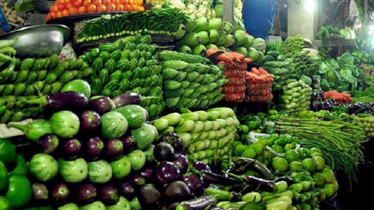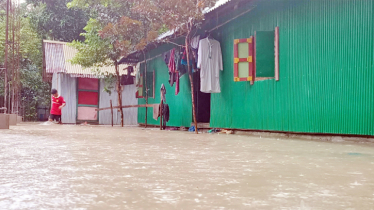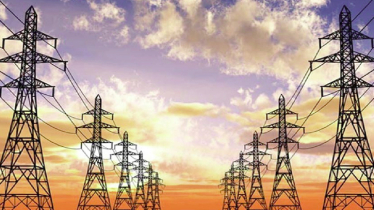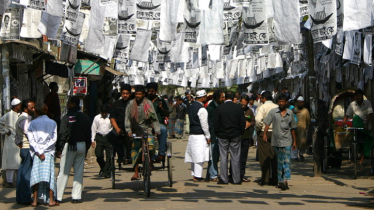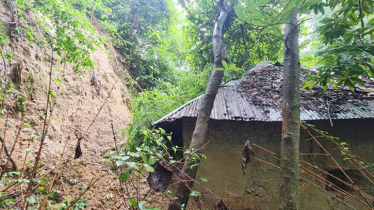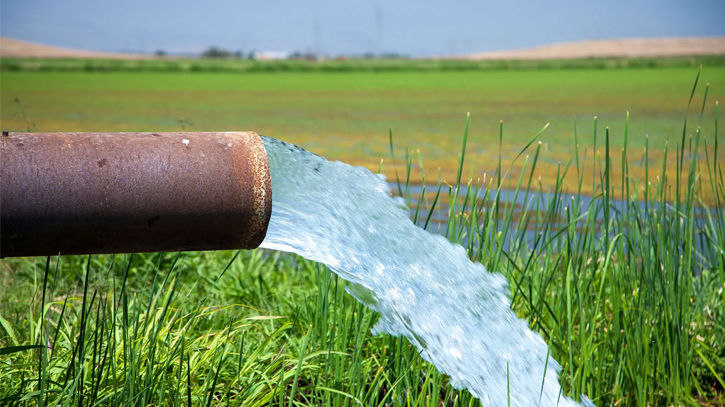
Photo : Collected
About 30 percent of the Earth's sweet water comes from underground sources, whereas the quantity of this water in river basins is less than one percent. Glaciers store the remaining 69 percent in the form of ice. However, this vital resource is diminishing rapidly due to various factors, primarily the escalating consumption of fresh water in our daily activities.
Presently, this issue has become glaringly evident, particularly in urban centers like the capital city. The city’s burgeoning population, totaling nearly 23 million residents, heavily relies on approximately 70 percent of daily water needs sourced from underground, as pollution, encroachment, and mismanagement render the surrounding rivers and reservoirs almost unusable.
The rampant extraction of about 33 lakh cubic meters of underground water daily by Dhaka WASA exacerbates the problem. Nationally, the daily water usage stands at 27 lakh 50 thousand liters, with 80 percent sourced from underground reserves. This extraction caters to the needs such as drinking water, sewage treatment, irrigation, and industrial processes. The country’s irrigation system heavily depends on underground water, with around 30.21 cubic kilometers extracted annually, 86 percent of which is allocated for irrigation.
The consequences of such relentless extraction are becoming evident during drought seasons, manifesting in water shortages in both deep and shallow tubewells across the country. If this trend continues, it poses a significant threat to agriculture, industry, and the environment as a whole. A recent United Nations survey places Bangladesh seventh among the top countries in the Asia Pacific region in terms of excessive groundwater extraction.
Analysing the statistics of Dhaka’s underground water level reveals a worrisome picture though. In 1996, the water level was at 25 meters, dropping to 45 meters in 2005, 60 meters in 2010, and a concerning 75 meters in 2023. Projections indicate that by 2050, the groundwater level may plummet to 120 meters, signifying a severe crisis.
WASA data predicts escalating water requirements in Dhaka, which is likely to reach 3.5 million cubic meters per day by 2025, 4.3 million by 2030, and 5.2 million by 2035. Without intervention, the unchecked extraction of groundwater raises alarming concerns about the future depletion of the groundwater table.
Experts have emphasised the urgency of implementing measures to safeguard Dhaka and the entire country. Failure to address this pesky issue promptly may result in a major disaster, highlighting the critical need for responsible and sustainable use of underground water resources.
Messenger/Fameema

